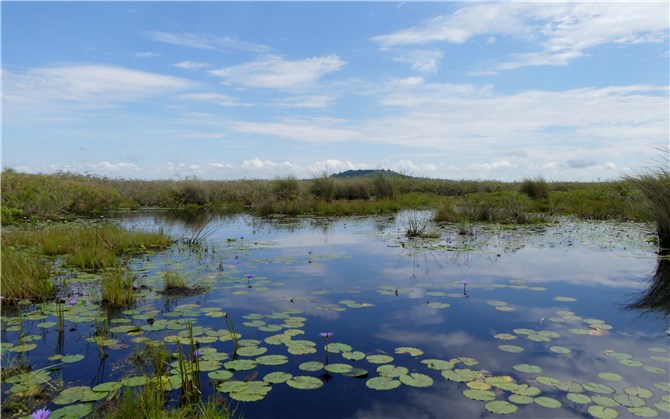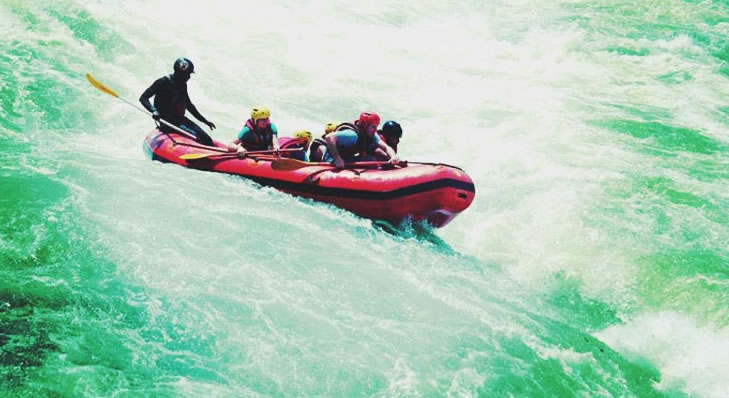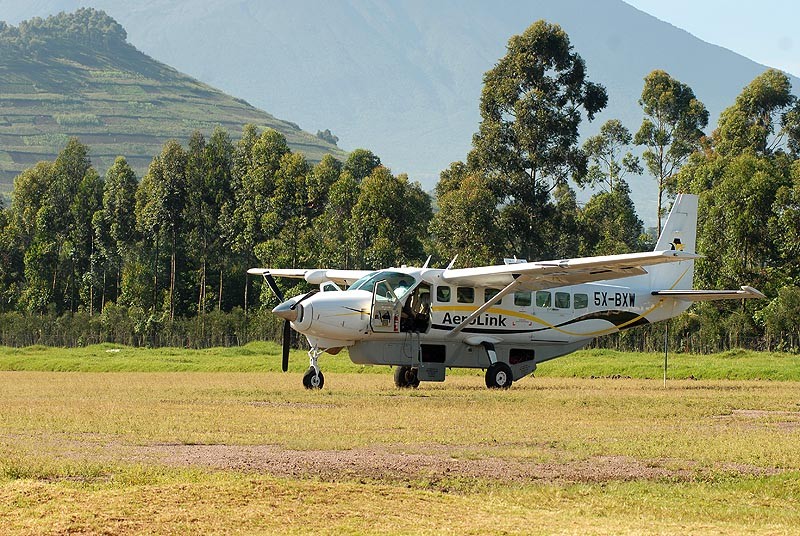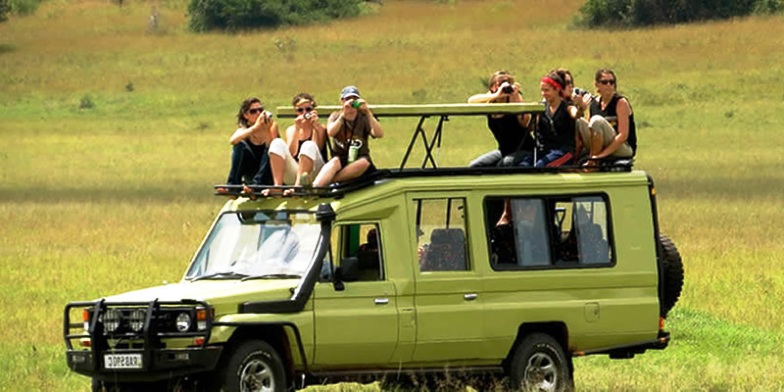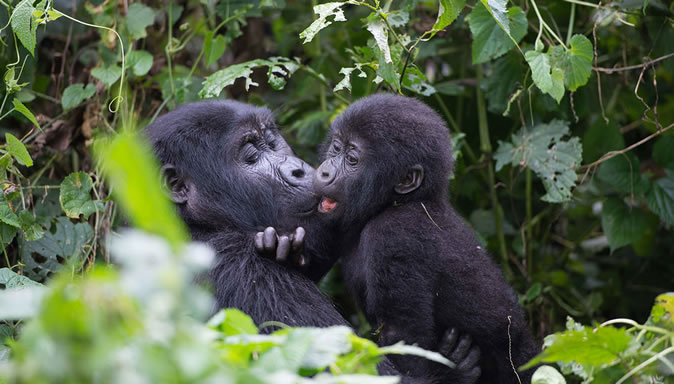
Will Uganda Increase Gorilla Permit Price?
May 23, 2019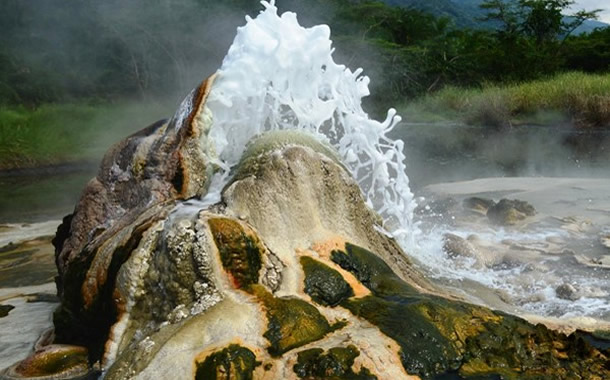
The Uniqueness of Sempaya Hot Springs
June 7, 2019Right at the western side of Lake Victoria is the spectacular Mabamba wetland in Mpigi district. This is a wide marshland that stretches through a long narrow bay and it’s considered to be one of the best birding spots in Uganda for predominantly encountering the rare Shoebill stork, but also many other important bird species.
Mabamba swamp is one of the sites where birders can see the elusive shoebill storks, plus other awesome & remarkable bird species. This is the right place to discover Africa while using unique treks.
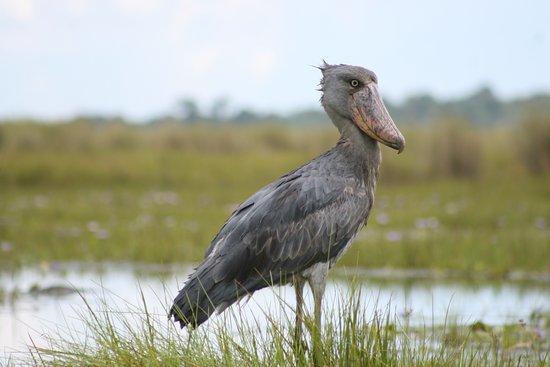
The wetland is approximately an hour drive from the Murram roads of Entebbe to the shoe bill habitat, approximately 50km from Kampala. This swamp is explored through local dugout canoes with a local guide who takes visitors as they trek this wetland.
This wetland is a perfect place for travelers who have limited time for exploring the Ugandan birds and also for one day tour of Entebbe and some sites around Kampala. To experience the best of the Mabamba wetland, the perfect time is late morning hours and in the afternoon after lunch. Some of the items that you can carry along while exploring the wetland can be packed lunch if it is a day tour, bottled water, pair of binoculars, hat, sun protection, insect repellent, light rain jet and a long-sleeved shirt and pair of trousers (preferably track suits).
Mabamba swamp is one of the RAMSAR sites in Uganda and it’s a community project with most people employed as boatmen and site guides. This is a spot with large tract of marshlands with various channels which provide habitat for numerous water-birds other than the shoebill stork.
Some of the birds sighted on Mabamba wetland are African purple swamp hen, Swamp flycatcher, African jacana, African water rail, Papyrus Gonolek, Pallid Harrier, White-winged Warbler and the Blue Swallow Common moorhen, lesser jacana, African pygmy Goose, White-faced whistling duck, Squaco heron, Blue Breasted Bee-eater, Winding cisticola, Goliath Heron, among others.
Due to the presence of diverse vegetation on the wetland, it has maintained its status as a prime destination that inhabits over 100 individual birds every year including the Blue Swallow and other migratory species. Similar to other wetlands around Lake Victoria, Mabamba is home to the Sitatunga which is a swamp antelope rarely encountered during a search for the shoebill. The wetlands also have rare plant species such as the sandboxes species.
Other than Mabamba wetland, the elusive Shoebill stork can also be seen in Murchison falls park at the downer side of Nile where it merges with Lake Albert , in Queen Elizabeth national park in Ishasha sector, along Lake Edward flats, in Lake Mburo National park, at Ziwa Rhino and wildlife Reserve, Lake Kyoga and Semuliki wildlife Reserve, among other sites.
It is recorded that Uganda as a whole has over 1000 individual shoebill storks left, hence the need for their protection and conservation.
The Shoebill Stork is a predominantly solitary species, in which adults come together only to breed. A female shoebill stork lay’s from one to three eggs and both parents share incubation duties for a month before the young ones start to hatch. Baby shoebills are fed for several months before they can start searching for their own food. A Shoebill Egg can measure 90 mm x 60 mm. The new hatched chicks are able to fly after approximately 3 months, while it takes three to four years for young to become sexually mature and it can live up to 36 years when in captivity.
Shoebill stork feeds on all kinds of fish so long as it’s of manageable size as well as Turtles, Water Snakes, Lizards, Frogs, young Crocodiles, young water birds, Snails, Rodents and also muddy waters. They often stand in water, waiting for prey pass. It is a light bird that can stand still, with beak pointed down and may sometimes stand on floating vegetation, watching out for the prey.
The most interesting activities of Mabamba wetland are the birding watching excursions, mainly focused on trekking the elusive Shoebill stork. The shoebill tracking is done on a canoe ride in the interior of the swamp as visitors can encounter other various inhabitants of the wetland.

